Military development and strength not only manifest in advanced weaponry and robust military capabilities, but sometimes also in the gradual enhancement of seemingly inconspicuous soldier equipment over different eras, serving as another external form of the nation's military industrial prowess. For instance, the military canteen, though appearing trivial, is indispensable among soldier gear and its evolution over various historical periods aptly reflects China's continuous enhancement of comprehensive military power.
Type 50 Military Canteen.png)
Introduced alongside the Type 50 military uniform, the initial canteen of the People's Republic of China was modeled after the Japanese Type 94 military canteen due to manufacturing techniques and material constraints of that time. It featured a cork stopper design similar to that of a thermos bottle for its lid. Typically, soldiers would secure it with a strap passed through a ring on the cork stopper to prevent it from loosening or falling off, thus avoiding water spillage.
The shortcomings of this canteen were apparent. Apart from the cork stopper affecting the taste of water, soldiers found it cumbersome to remove the strap before drinking. Moreover, the aluminum body was prone to deformation when subjected to bumps or pressure. Nevertheless, in the context of scarcity prevalent at the time, equipping a large army with canteens was already a significant achievement.
Type 65 Military Canteen
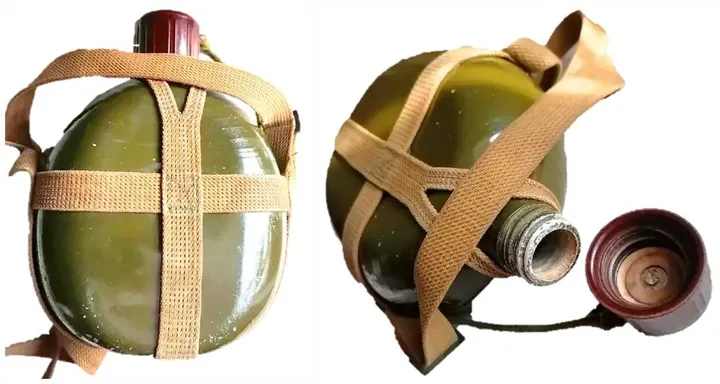
Compared to its predecessor, the Type 65 canteen shared almost identical styling, except for replacing the cork stopper with a phenolic resin threaded lid. The lid was tethered to the strap with a cord, preventing it from being lost or detached easily. This modification not only improved the canteen's sealing but also eliminated the common odor associated with the original cork stopper.
Type 65 Multi-Functional Paratrooper Canteen
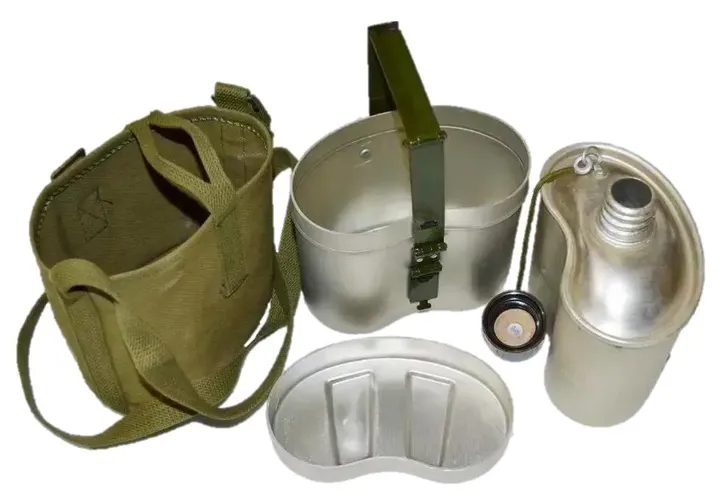
This canteen was specially developed by the logistics department to meet the specific needs of paratroopers. It was largely modeled after the American M1942 canteen, a classic from World War II. Besides serving as a regular drinking vessel, this canteen, when combined with its outer aluminum food container, could be used to heat food during field marches by setting it over a fire.
Type 78 Multi-Functional Military Dual-Use Canteen
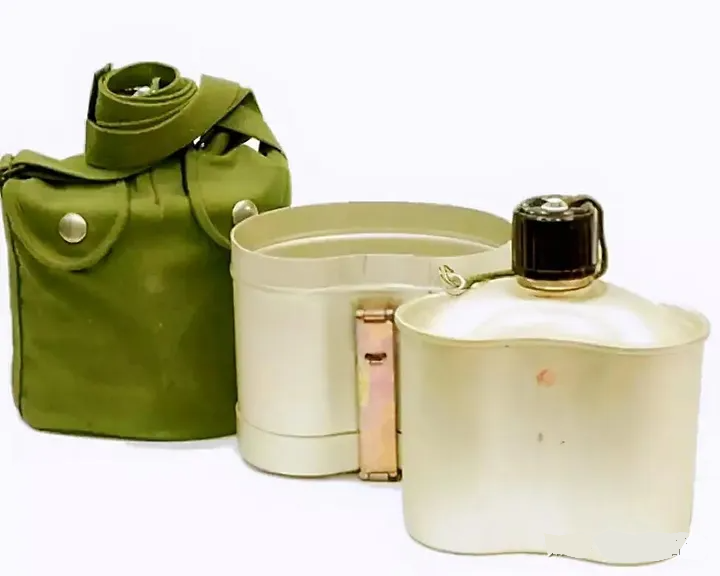
Similarly crafted from aluminum, the Type 78 canteen was thinner than the Type 65 paratrooper canteen. Some referred to it as a universal version of the Type 65 paratrooper canteen, distinguished by the addition of a handle to its food container, making it more user-friendly and convenient.
Type 83 Military Canteen
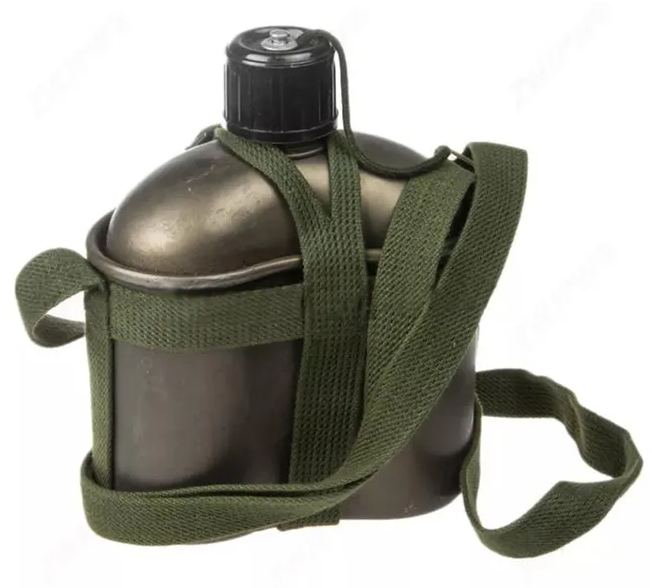
Compared to the Type 78 multi-functional canteen, the Type 83 canteen underwent significant simplification by eliminating the food container function. Instead, it featured an insulated coating directly applied to the canteen's base, with increased mouthpiece diameter and overall thickness compared to its predecessor. The lid was made of phenolic fabric-based plastic, exhibiting enhanced wear resistance and high-temperature resistance.
Type 10 Military Canteen
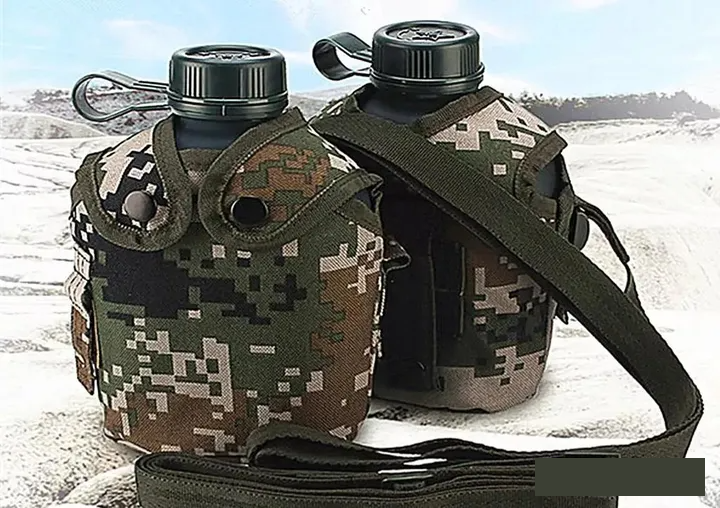
The Type 10 military canteen, manufactured using modern processing techniques, featured a silicone gasket for improved lid sealing over prolonged use. Its cover was enveloped in digital camouflage fabric for protection against impacts and collisions, while also providing some insulation.
Visually, the Type 10 canteen, devoid of straps, better aligned with international military standards and modern aesthetics. Notably, it incorporated a filter device inside, enabling soldiers to filter river, stream, or creek water into potable drinking water during field training or combat, making it a formidable asset on the battlefield.